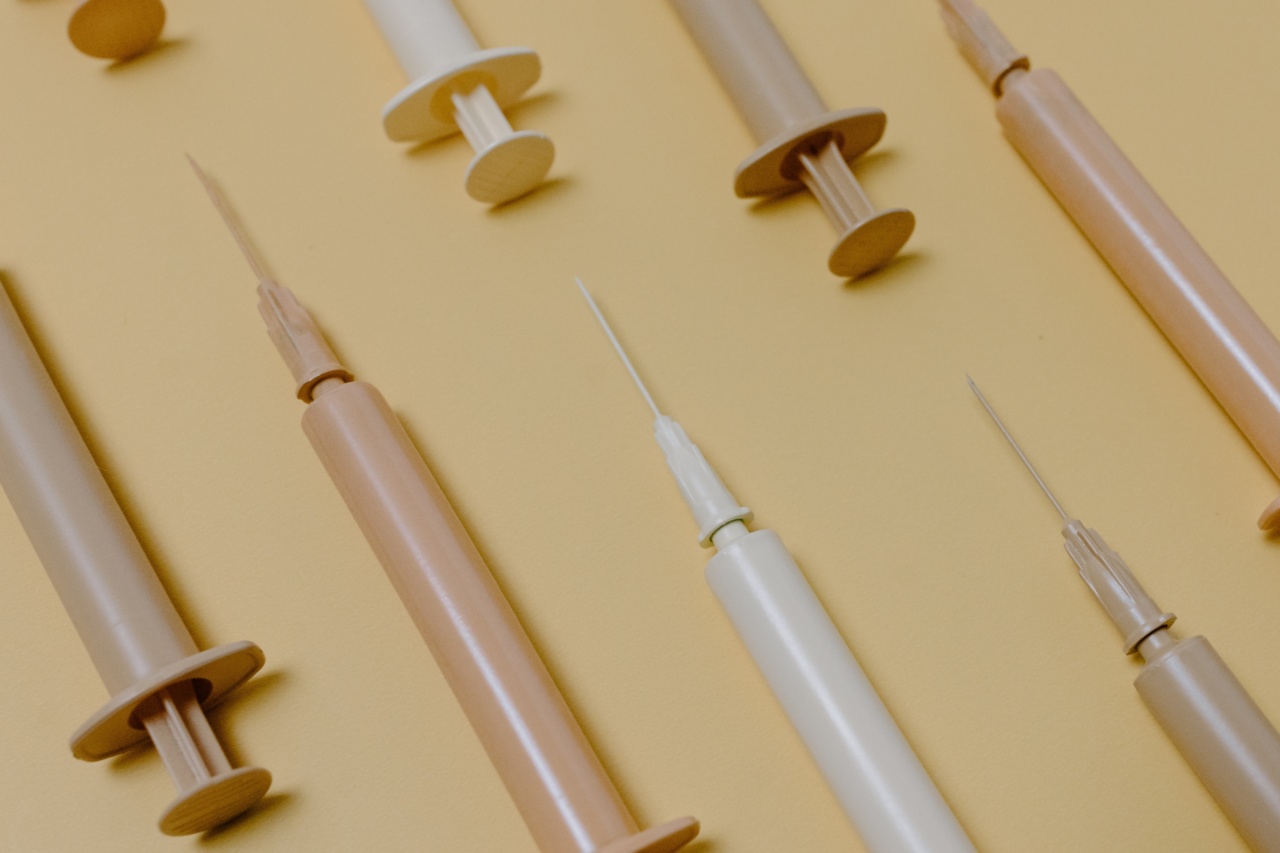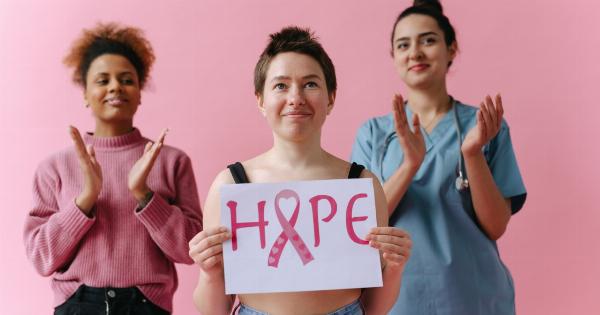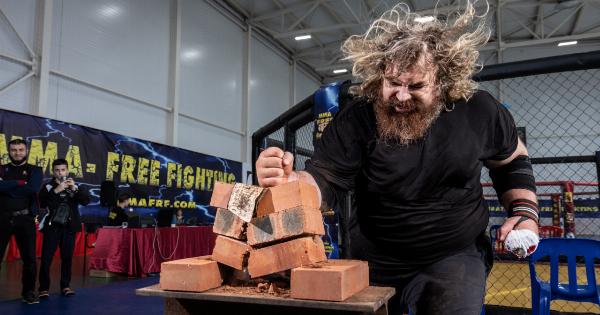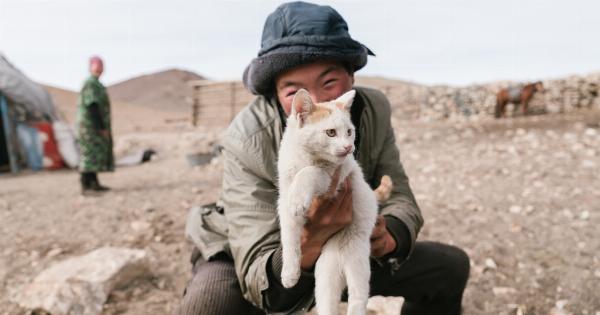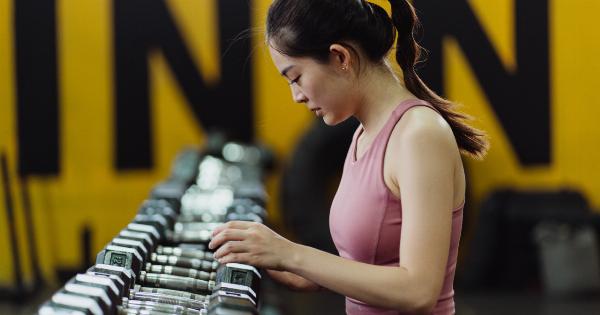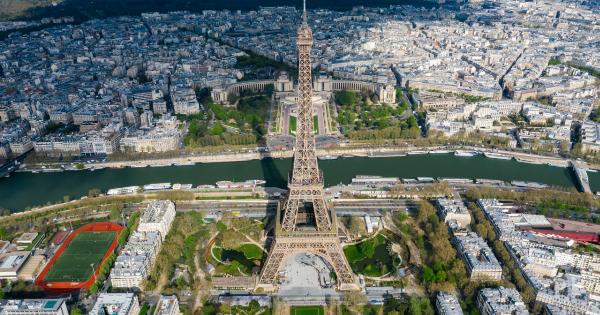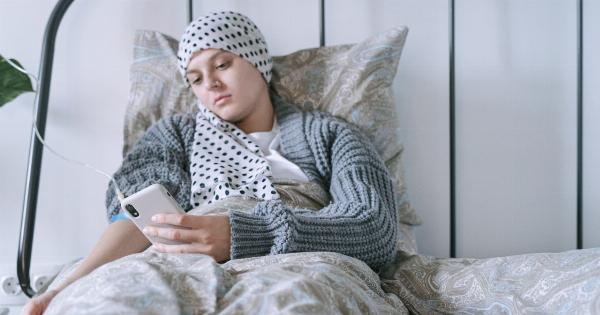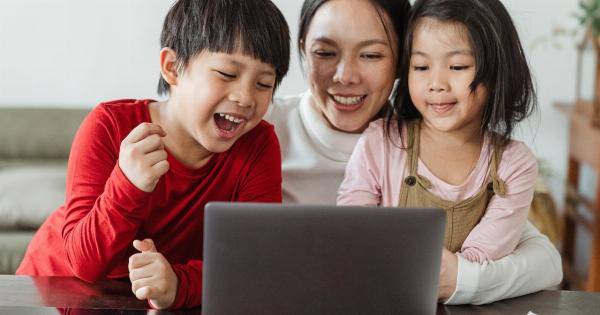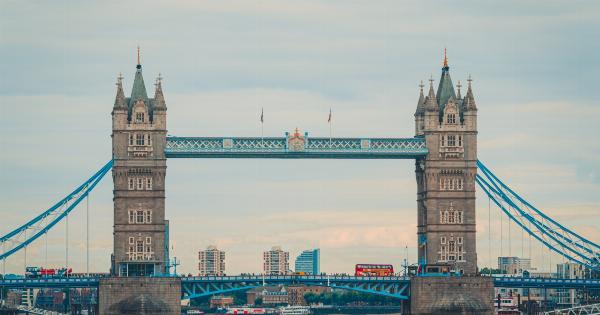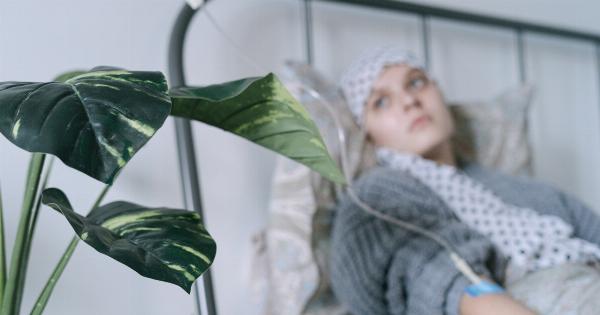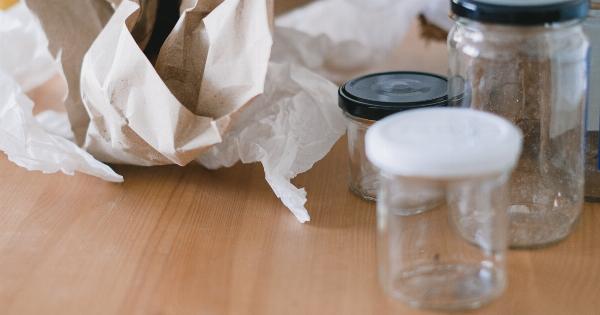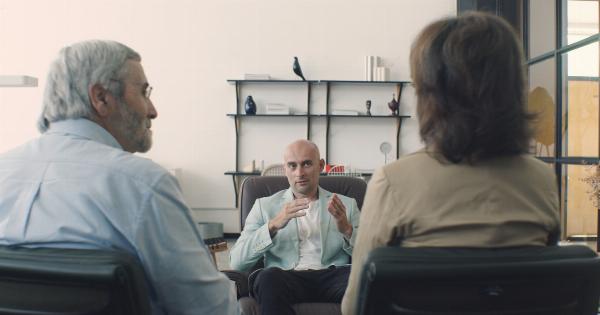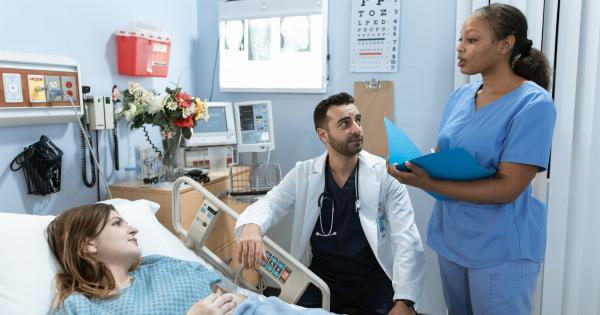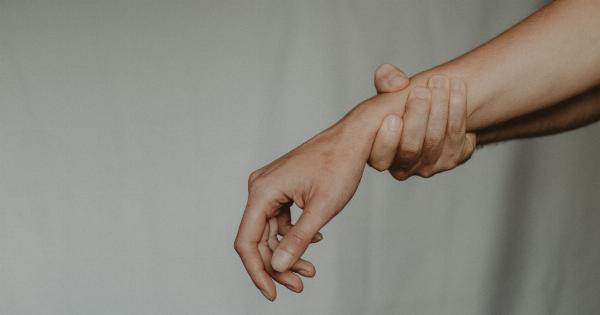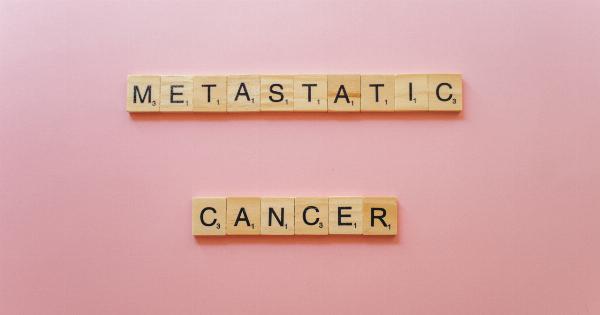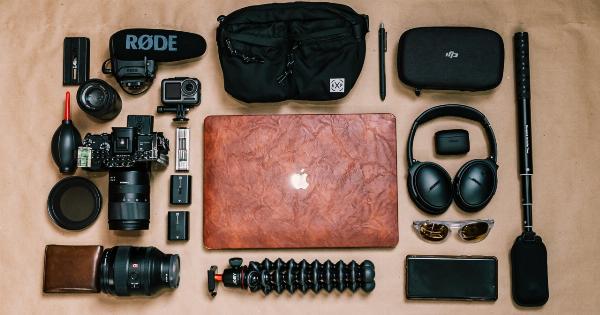Childhood acute lymphoblastic leukemia (ALL) is a type of cancer that starts in the blood cells. The disease is characterized by the production of abnormal cells in the bone marrow, which eventually leads to the development of cancerous lymphocytes.
The cancerous cells will then weaken the immune system, making it difficult for the body to fight infections. Childhood ALL is the most common type of cancer in children.
Causes of Childhood Acute Lymphoblastic Leukemia
The specific causes of childhood ALL are still unknown, but there are certain factors that can increase the risk of developing the disease. These factors include:.
- Exposure to harmful chemicals, such as benzene or formaldehyde.
- Previous treatment with chemotherapy or radiation therapy.
- Genetics, as the disease can run within a family.
- Immune disorders
Symptoms of Childhood Acute Lymphoblastic Leukemia
The symptoms of childhood ALL are nonspecific and may vary depending on the patient’s age, the stage of the cancer, and other factors. Some of the common symptoms include:.
- Fever or chills
- Persistent fatigue or weakness
- Skin rash or red spots on the skin
- Sudden weight loss
- Bone pain or tenderness
- Swollen lymph nodes in the neck, groin, or armpits
- Easy bruising or bleeding
- Frequent infections
Prevention of Childhood Acute Lymphoblastic Leukemia
Although the causes of childhood ALL are still unclear, there are ways to reduce the risk of developing the disease. Some of the preventive measures include:.
- Avoiding exposure to harmful chemicals.
- Reducing exposure to ionizing radiation.
- Maintaining a healthy diet and lifestyle.
- Limiting the use of household chemicals and pesticides, especially in homes with young children.
Treatment of Childhood Acute Lymphoblastic Leukemia
There are several treatment options available for childhood ALL, and the choice of treatment depends on the severity and stage of the cancer, as well as other factors such as age and general health. The treatment options include:.
- Chemotherapy: This is a type of cancer treatment that involves the use of drugs to kill cancer cells.
- Radiation therapy: This treatment uses high-energy radiation to kill cancer cells.
- Stem cell transplant: This involves the infusion of healthy stem cells to replace the damaged cells in the bone marrow for children whose cancer has relapsed or didn’t respond to initial treatments.
- Surgery: This is not used to treat the leukemia itself but to repair any damage caused by the cancer.
Side effects of Childhood Acute Lymphoblastic Leukemia Treatment
The treatment of childhood ALL can have some side effects, which may vary depending on the type and duration of treatment. Some of the common side effects include:.
- Nausea and vomiting
- Loss of appetite
- Hair loss
- Infections
- Anemia, which can cause tiredness and dizziness
- Bleeding
- Increased risk of other cancers later in life
Prognosis of Childhood Acute Lymphoblastic Leukemia
The prognosis of childhood ALL depends on various factors such as age, the type of leukemia, the severity of the disease, and the patient’s overall health.
With modern-day treatments, the five-year survival rate for childhood ALL is approximately 90%, and many patients go on to live full, healthy lives.
Conclusion
Childhood acute lymphoblastic leukemia is a life-threatening disease, but with advancements in research and treatment options, the survival rate has significantly improved over the years.
While there is no specific way to prevent the disease, reducing exposure to harmful chemicals, maintaining a healthy diet and lifestyle, and limiting the use of household chemicals and pesticides can help lower the risk of developing childhood ALL.
